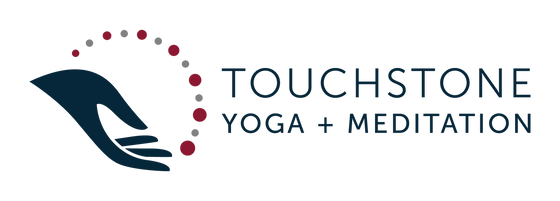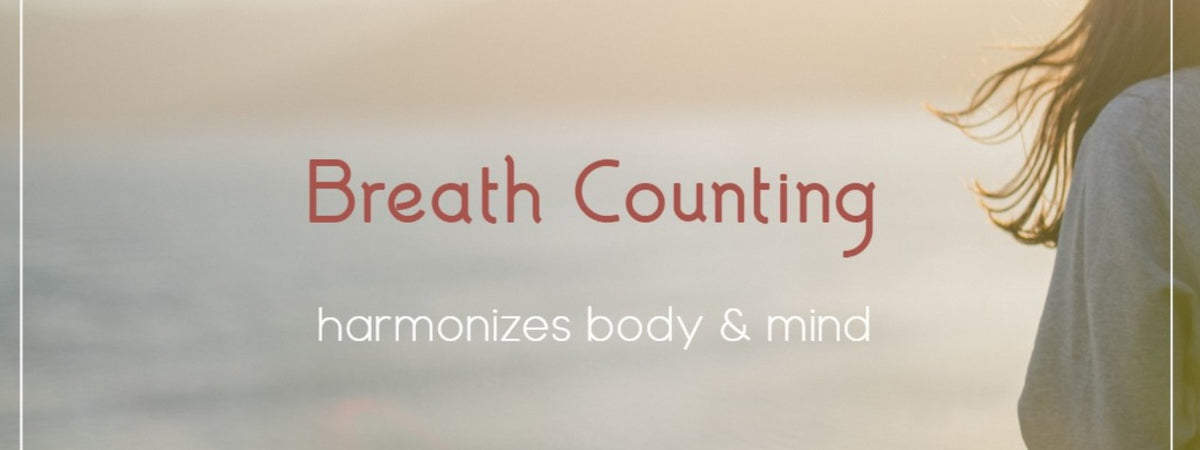Cluster Migraines

I live with migraines. I cringe remembering my first migraine experience 20 years ago when I was sitting in class and it took a moment to realize that I could hear what the instructor was saying but I couldn’t see his face. I looked around the room at my peers and same thing; everything on the peripheral was clear but every face I looked at directly was blurry. So, I did what any sane, level-headed person believing they were having a stroke would do and I rode it out. I was too embarrassed to raise my hand and was totally prepared to put my health in jeopardy. So wrong, I know! I have to mention that there was no pain at this point. This stage, known as the aura lasted for about 10 minutes and then was quickly replaced by a blinding hot pain behind my right eye that lasted roughly one hour.
I saw a doctor shortly after however and was diagnosed with migraine headaches. I have never been able to pinpoint any specific food trigger(s) [1] but I do seem to be at the mercy of Mother Nature in the form barometric pressure changes. I have to be very mindful of dehydration and my number one demon is stress. For many years, my migraines were easily managed, rare in occurrence and had little impact on my day-to-day life.
This changed in the summer of 2012, when I found myself at the hospital getting fluids through an IV and an MRI to rule out any brain abnormalities in the wake of nearly 2 months of chronic migraines. If you have felt the pain of a migraine, you know the debilitating experience that brings the world to a halt, where you lose all sense of time and become extraordinarily aware of every ripple of pain that reverberates through your skull, temple, eyes, ears, jaw, teeth, and it feels like your sinuses are on fire. I have one eye that waters and a profusely runny nose, so imagine the picture of elegance. More than once I have been mid-migraine and debated shaving my head because just moving my hair off my face is so painful it feels like the nerve endings in my scalp are on fire. It’s always remarkable to sit down in the post-migraine relief and euphoria and consider all that goes on.
That summer was my first experience with cluster migraines or what I fondly call Monster Migraines. Thankfully the MRI showed no anomalies, so I was sent home to destress and journal my headaches. While I was happy that nothing was wrong with me, I still wasn’t well and left with no solid explanation about why this was happening. Luckily, a book by Sharron Murray ended up changing the course of my life.[2] Desperate for the migraines to stop or slow in frequency at the very least, I followed her recommendation to try yoga and meditation. It took time and dedication, but the benefits were so profound that I became a yoga and meditation teacher 4 years later.
Fast forward to now, after an 11 year remission and I am find myself fully embedded in a second migraine cluster. Over the years I have had the occasional migraine but nothing like the level of chronic headaches I experienced so long ago. Coincidentally, it’s the same season and same month. I’m not sure but the weather has been very turbulent across Canada, and all over the world so perhaps this is influencing my headache frequency and intensity. What I do know is that my yoga and meditation practice has been my anchor in between headaches and breathwork has mercifully helped to keep me grounded through every painful episode, and I have had some dark moments.
So, how does yoga help? First, yoga helps improve our balance, flexibility, range-of-motion and strength and it gives us a means to loosen muscle tension and tightness. I’m sure you’ve seen that there are many different styles of yoga, and I can assure you that all types are beneficial. Slow yoga helps to induce the “relaxation response” [3] allowing relief to the parasympathetic nervous system and lowering cortisol levels, particularly beneficial for people who suffer from chronic stress. Faster and more vigorous yoga raises endorphins and the “feel good” neurotransmitters in our brains.[4] The combined practice of quick and slow yoga helps teach the brain to activate and then down-regulate, a very powerful tool that we practice over and over until it starts to come more naturally. The practice of mindfulness and meditation keeps me anchored in the here and now, away from the past and future, over which I have no control. Stress is inevitable but the practice of yoga can help us build the resiliency to better manage small and big events alike.
How am I coping through the current storm? Under the guidance of my physician, my strategy is two-fold. I am following a strict medication therapy that will hopefully restabilize my system to what felt like normal only a short time ago. Second, I am following a daily yoga and meditation regime. Over the years my practice has been my anchor. I have used the word “anchor” a few times throughout this paper because I really believe that at our lowest points, when pain seems unbearable and when our mind goes dark, it is fundamental to have an anchor – something to hang on to. For me it’s my breath. I have great people in my life, people that I can rely on, but my breath is always with me and building my resiliency makes my breath my greatest asset, accessible at any moment.
So, to all my migraineurs out there that are suffering, you are not alone. Join me to practice yoga and meditation together, even on the days when you don’t really feel like it. I have a Slow Yoga practice that helps alleviate the tightness that headache brings to your back, shoulders, neck, head, face, and jaw. Then on better days, you can try a more vigorous practice to build strength, balance, and mobility and release muscle tension. You will be surprised by how powerful a virtual community can be.
Please DM me with any questions.
Wishing you ease and comfort in your day,
Kathryn
References:
1. Migraine Triggers - https://migrainecanada.org/posts/the-migraine-tree/branches/self-care-lifestyle/migraine-triggers/
2. Migraine, Murray, S., MS, RN, Conari Press, San Francisco, CA, 2013.
3. The power of the relaxation response - https://www.apa.org/monitor/2008/10/relaxation
4. A Review of the Psychological Benefits of Yoga - http://indianyoga.org/wp-content/uploads/2013/02/v2-issue1-article11.pdf




